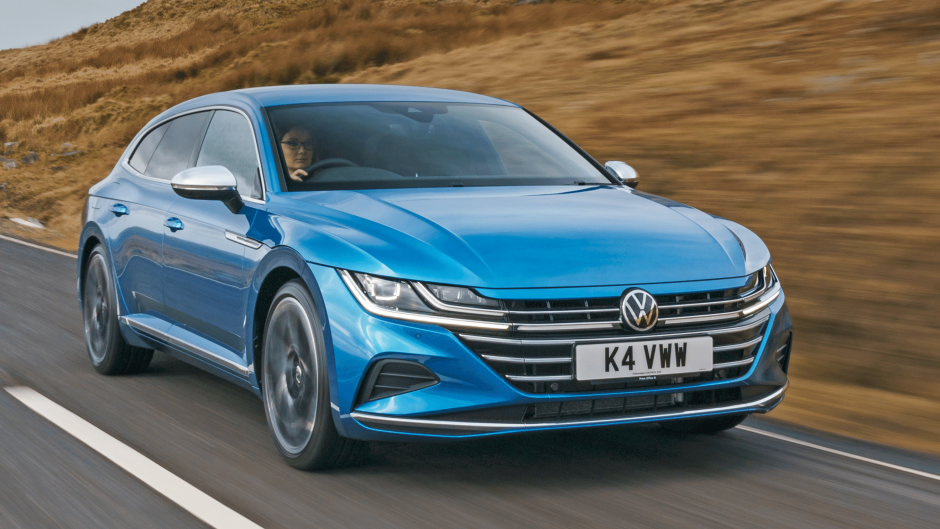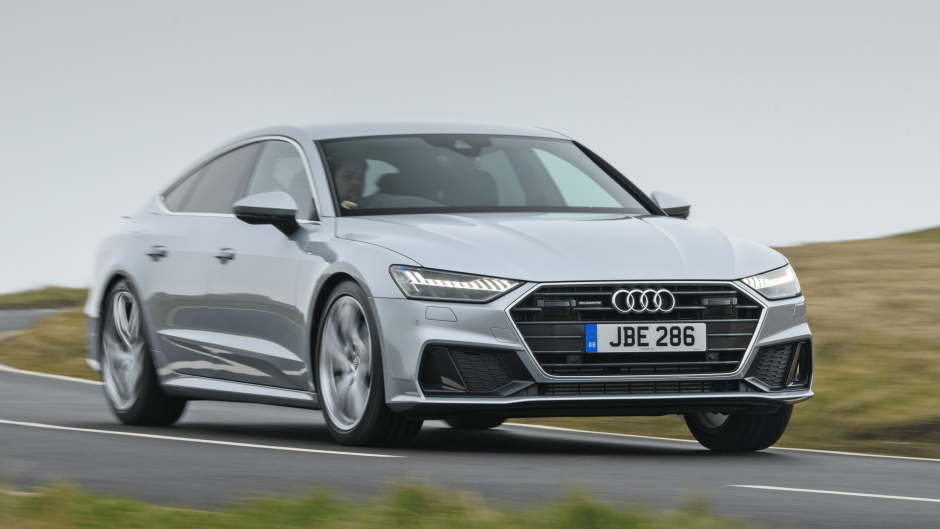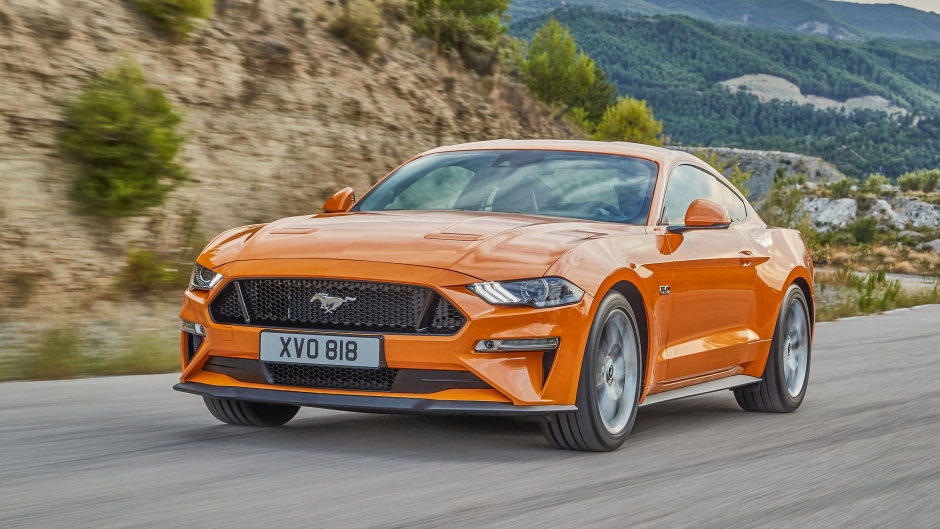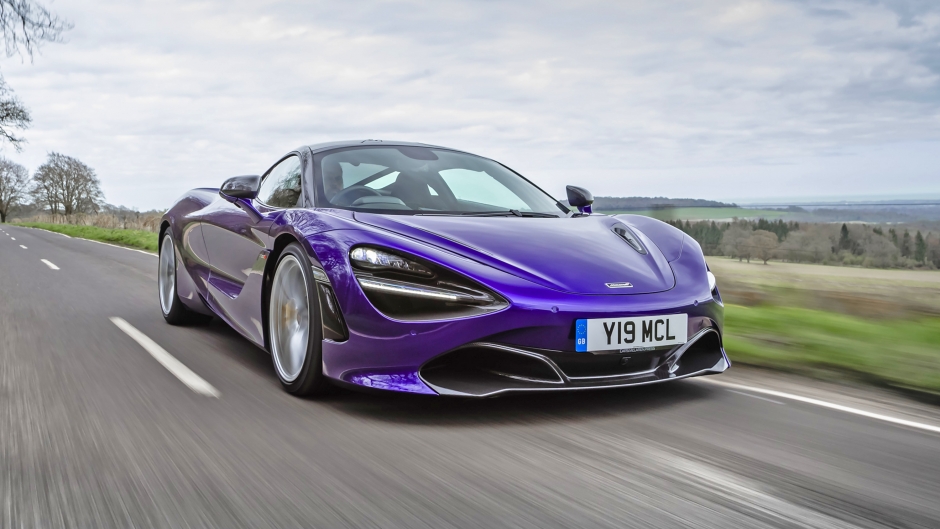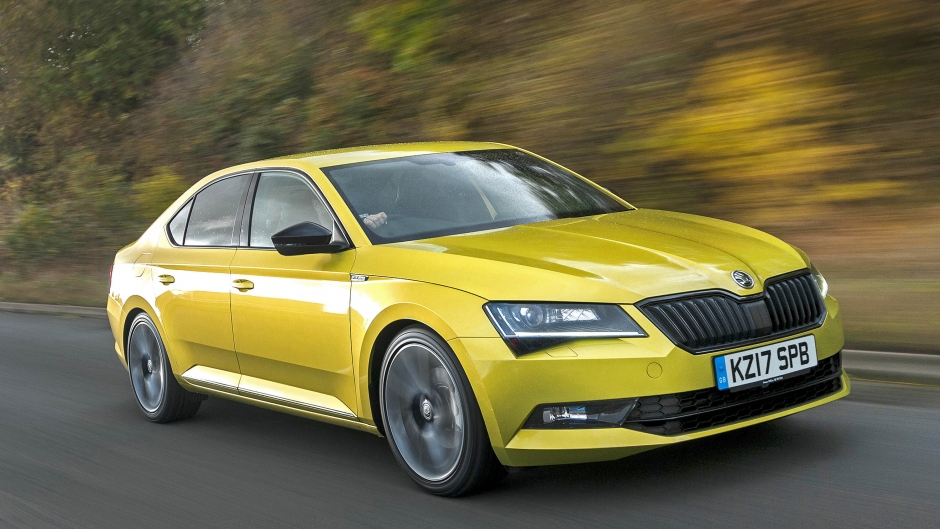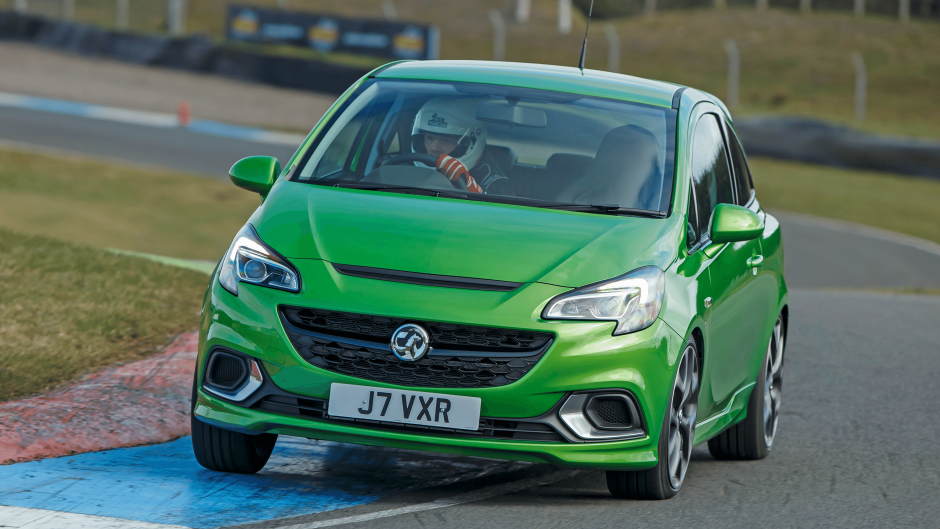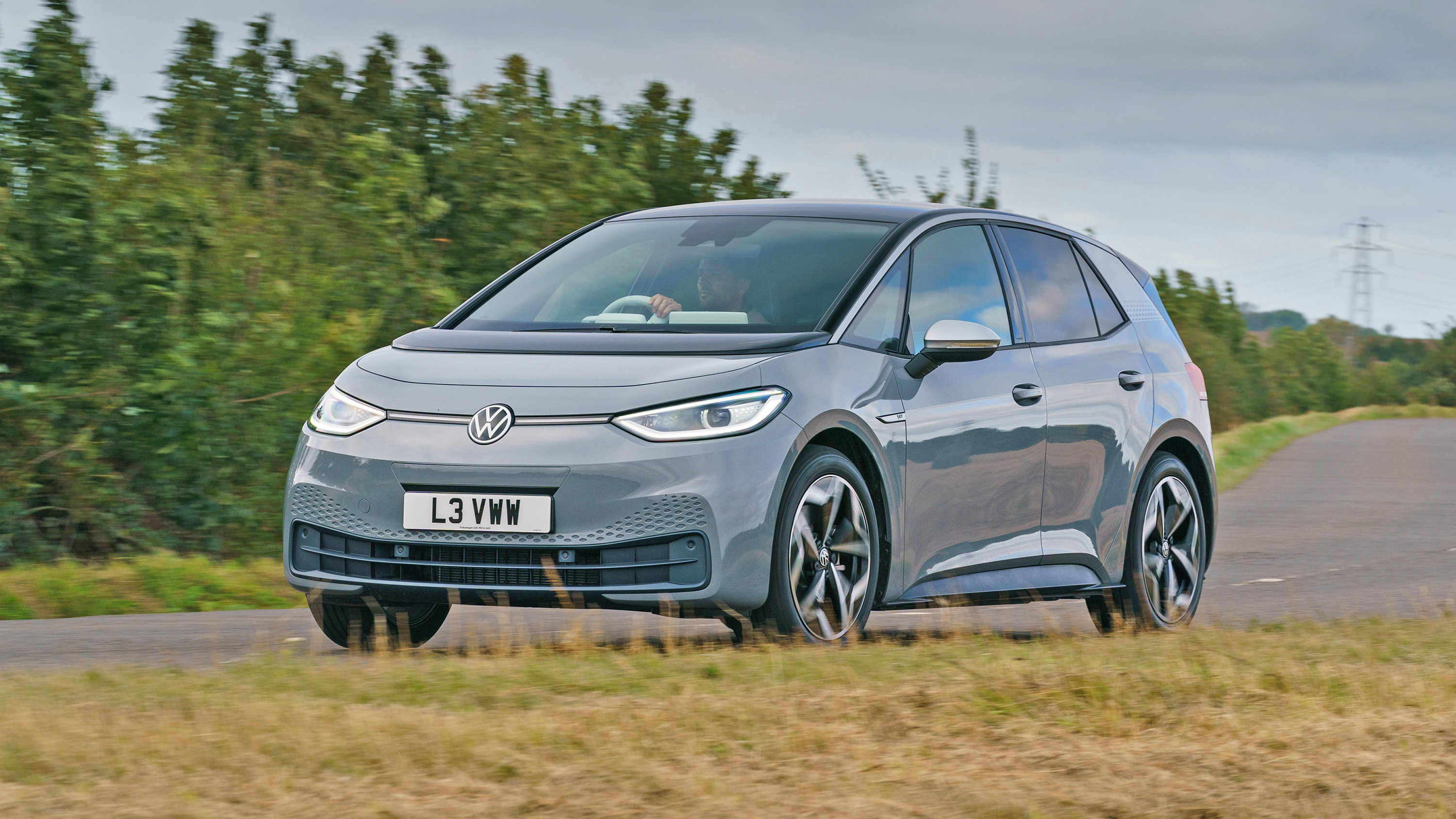Car colours
Roses are red, violets are blue, read this page to find a car colour for you - from red to blue, yellow, gold or green, too
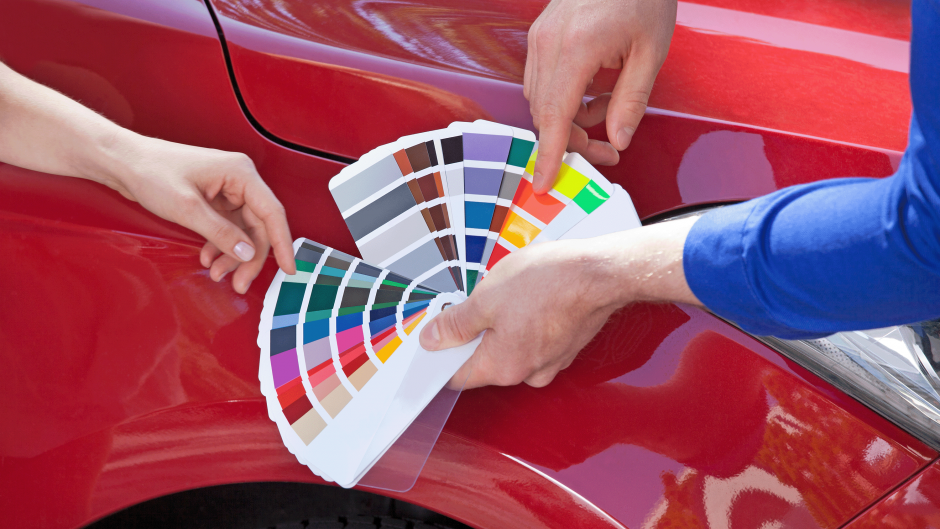
Car colours are hugely important for many drivers. Some people give little consideration to the colour of their car, but this is a risky line to walk as colour can have a huge implication on the cost of a car and how easy it is to sell when you are moving on to your next vehicle.
Not only that, but the type of paint can significantly impact how easy it is to clean and how expensive repairs could be should the car be involved in a crash. So, whether you love a certain colour, or you're not bothered what shade your next set of wheels is, bearing the colour in mind when you pick a car, can be handy.
If you think about it, some people put countless hours into designing the colour scheme of their house. Yet one drive down a busy high street and more people will see the colour of your car than will sit in your lounge in a year. By BuyaCar logic that means that deciding between Polar White or British Racing Green is much more important than whatever shade will go with the curtains in the spare room.
To help you find the best cars in each of the main colours we have created a palette of excellence - highlighting the huge variety of colours that drivers can opt for. Use the links below to jump to each article.
Car colour quick tips
If you are undecided on which car colour to choose, we have five quick tips to keep in mind when trying to decide on the right hue for you.
- Black and white cars are very popular but they are a devil to keep clean as they both show dirt very easily.
- Silver cars make small paint imperfections less obvious than other colours. This is partly thanks to manufacturers using grey or white primers over metal that is silvery coloured.
- Red paint is susceptible to fade over prolonged exposure to intense sunlight. If you live on the south coast or have a holiday home in Europe you drive to, you may want to avoid red paint unless you have somewhere shady to park your car.
- Bright colours such as lime green and bright pink can either be a nightmare or a breeze to resell when you are finished with them. It is all down to whether another driver is desperate for a colourful car when you put your advert online. If you're paying with a type of car finance where you don't own the car at the end, this isn't an issue for you.
- Car colours can look slightly different in car brochures or online than they do in real life. So, you may want to look at a car in the colour you're considering in person, if you are thinking about a very bright shade.
What are the most common types of paint?
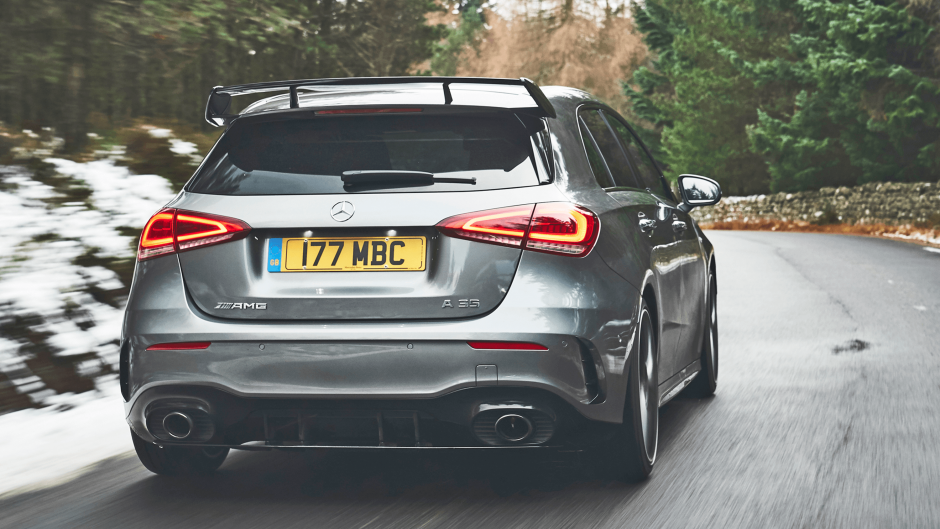
There are five types of paint that you can expect to come across and each has a different ‘finish’. By this we mean how shiny, smooth and/or multicoloured they are. Below there is a closer look at each paint type and the kind of finish they provide.
Flat or solid paint This kind of paint is all about the colour. If a car is a flat white or solid blue, it will have a smooth glossy finish but it should look the same from all angles. The colour will appear darker in low light and brighter in direct sunlight but it will remain one solid colour.
Metallic paint Metallic paint is more complex. It is effectively flat paint with little particles of metal mixed in. This quite literally adds some sparkle, although without light shining on the paint it can look a lot like solid paint. Generally speaking, metallic paint gives a car a more upmarket image.
Pearlescent paint Pearlescent paint is similar to metallic paint, although it is almost always a white or cream colour. Instead of mixing metal with the paint, ceramics are used instead. This gives the finish a shiny pearl-type effect. Hence the name.
Matte paint Imagine covering a car in a similar finish to a chalkboard and that is fundamentally what matte paint is. Compared to flat or metallic paint it looks dull in appearance, which some people like as it makes a car stand out. Matte paint is quite rare and often only used on performance cars - Mercedes offers matte paint as an option on some of its performance ‘AMG’ models.
Iridescent This is the least common type of paint available and is a sure-fire way to grab attention. It gives a car a shiny multicolour look and isn’t offered by any mainstream manufacturers. Some people love the look and get their cars wrapped in a material that emulates iridescent paint.
What else do you need to know about car colours?
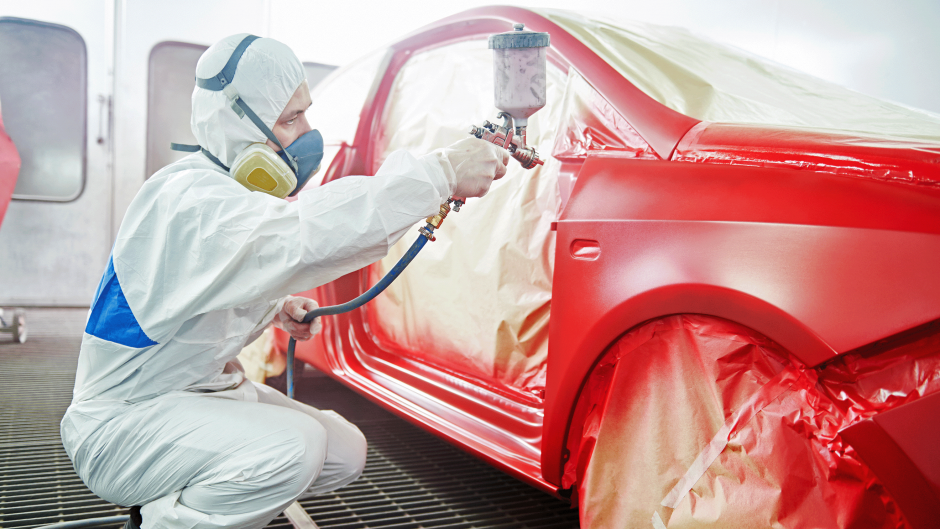
Understanding the different types of paint finishes is only half of the puzzle - there are cost, resale and maintenance factors to be aware of. Below are sections detailing each of these for flat, metallic, pearlescent and matte paint.
Flat or solid paint
Cost Flat paint is relatively easy for car manufacturers to apply to cars, so these shades can be the most affordable colours available. This is especially true of white paint, which manufacturers don’t need to purchase as much pigment for.
Resale Flat colours can be very popular so there should be no problem in reselling a car with this type of paint. That is, provided you avoid zany colours such as yoghurt yellow and poo brown. Sometimes with weird and wonderful car colours, it can be a bit of a lottery when selling and it is all about supply and demand. Sometimes people fall in love with an unusual colour and are happy to pay a premium for it, other times it may seem like no one but you likes the colour of your car.
Maintenance and repairs Solid paint is the easiest to look after. A bucket, sponge, some car cleaning shampoo and a little water is all you need to keep it clean. Still, treating your car to a professional valet is a sure-fire way to get your paintwork to really pop. Repainting damaged panels is also easiest with flat colours, so repairs can be less expensive.
Metallic and pearlescent paints
Cost Metallic and pearlescent paints are more expensive than flat paint. This is for a couple of reasons, including the fact there are additional materials that go into the paint (metals or ceramics depending on paint type) and that it can be more complicated to apply in the factory.
How much more metallic or pearlescent paint costs compared to solid colours is most obvious with new cars. This is because car makers list the price of each paint in their brochures and online car configurator tools. With second-hand cars, it is harder to tell the cost of metallic paint, as you can find deals where some models with metallic paint are more affordable than those in flat colours.
Resale Cars in metallic and pearlescent paint are hugely popular, so the same logic that applies to flat paint is also relevant here. These types of paint are popular though controversial colours are not.
Maintenance and repairs Pearlescent and metallic paints are a little bit more tricky to repair. As such, fixing scratches and scuffs can be a little more costly.
Matte paint
Cost Matte paint can be even more expensive than metallic or pearlescent paints. As an example, a new Mercedes GLC is available in a grey metallic paint which is a £685 option. That same shade of grey but matte is a £1,795 option.
Resale Matte paint will appeal to fewer people than other, more shiny paints, so the market will be more limited. Even so, just like with funky flat or metallic colours, if someone absolutely must have a matte car, they could be willing to pay more for it, but if not, prices may dip below what other non-matte cars are being sold for.
Maintenance and repairs Matte paint should take a little more effort to look after, because if it gets damaged repairs are more difficult and therefore more costly. If you are seriously considering a matte car, we would recommend swatting up on your paint care knowledge to avoid ending up making a decision you later regret.


